Table of Contents
INTRODUCTION
Kumbh Mela (“Kumbh” means “Pot” in Sanskrit, and “Mela” means “Fair”) is the world’s largest religious human gathering event, held as a Hindu festival and pilgrimage. It is correlated with the partial or full revolution of Jupiter. It is celebrated every 12 years at four rotating locations in India: Prayagraj (Uttar Pradesh), Haridwar (Uttarakhand), Ujjain (Madhya Pradesh), and Nashik (Maharashtra).
This festival has deep spiritual significance for Hindus and is celebrated with ritual bathing and prayers. Bathing in the rivers at these 4 locations during Kumbh Mela is believed to cleanse one’s sins and liberate the soul from the cycle of birth and death, thus promising salvation or moksha.
During Kumbh Mela, Devotees take a holy bath on auspicious dates, which are also known as “Shahi Snan” (Royal Bath), believed to be the most spiritually potent. Different types of Sadhus (a holy man), including the Naga Sadhus participate in grand processions. Saints and Gurus deliver discourses on spiritual thoughts. In addition, Kumbh Mela includes music, dance, and exhibitions of art on the rich heritage of Indian culture.
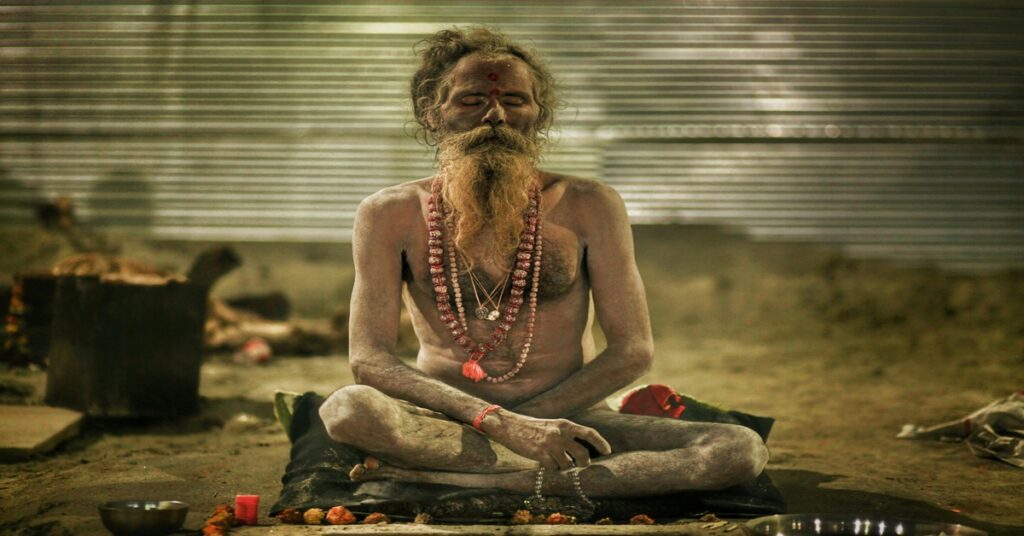
TYPES OF KUMBH MELA
Now, let’s understand the different types of Kumbh Mela and where they are been hosted.
Maha Kumbh Mela: Held in every 144 years at Prayagraj (12 cycles of Purna Kumbh Mela).
Purna Kumbh Mela: Held every 12 years but rotates among the 4 locations.
Ardh Kumbh Mela: Held every 6 years but only rotates between Prayagraj and Haridwar.
Magh Kumbh Mela: It is also known as Mini-Kumbh and held annually in Prayagraj.
LOCATION AND RIVER
Each Kumbh Mela is associated with a specific river.
Prayagraj: River Ganga, River Yamuna and River Saraswati
Haridwar: River Ganga
Ujjain: River Shipra
Nashik: River Godavari
WHY PEOPLE CELEBRATE KUMBH MELA?
Mythological Significance
The origin of Kumbh Mela is connected with the “Samudra Manthan” (Churning of the Ocean), a part of Hindu mythology. The story goes as follows:
- The Devas (Gods) had lost their strength and power due to a curse by Sage Durvasa, who became angry when Indra (the king of the Devas) disrespected a garland gifted to him by the sage.
- This made the Devas (Gods) weaker, and Asuras (Demons) were able to overpower them and capture the heavens.
- To seek the solution, the Devas (Gods) approached Lord Vishnu for assistance. He suggested them to churn the ocean of milk (Ksheer Sagar), to get Amrit (the nectar of immortality).
- Lord Vishnu suggested that the Devas should join hands with the Asuras to perform the difficult task. He also promised that he would ensure the nectar ultimately benefits the Devas.
- The Devas and Asuras used Mount Mandara as the churning rod. Vasuki served as the churning rope, coiled around Mount Mandara. To stabilize the mountain, which began sinking, Lord Vishnu took the form of a giant turtle (Kurma) and supported the mountain on his back.
- The Asuras (Demons) pulled Vasuki’s head, while the Devas (Gods) pulled its tail. As the churning started, it caused great turbulence in the ocean. Both parties were eager to obtain the Amrit, which would enable them to gain immortality.
- As the churning progressed, many divine and mythical objects emerged from the ocean, representing both blessings and challenges.
- The first substance to emerge was a deadly poison called Halahala, which threatened to destroy the universe. Lord Shiva consumed the poison to save creation. His wife, Goddess Parvati, held his throat to prevent the poison from spreading, turning his throat blue. This earned him the name Neelkanth (Blue-Throated One).
- Several treasures emerged from the ocean including Lakshmi (The goddess of wealth and prosperity), Kaustubha Mani (A rare and precious gem) and Dhanvantari (The divine physician carrying a pot of Amrit).
- After the emergence of Amrit, both Devas and Asuras fights over its possession. During the battle, a few drops of Amrit spilled onto Earth at four places: Haridwar, Prayagraj, Ujjain, and Nashik. These places became sacred, and Kumbh Mela is celebrated at these locations.
- To prevent the Asuras from consuming the nectar, Lord Vishnu assumed the form of an enchanting woman, Mohini. He fooled the Asuras by agreeing to distribute the nectar but handed it only over to the Devas.
- By consuming the Amrit, the Devas (Gods) regained their strength and immortality, enabling them to defeat the Asuras (Demons) and reclaim their position in heaven.
Astronomical Significance
Zodiac Alignments:
The Kumbh Mela takes place when the following celestial alignments occur. For instance:
- Haridwar: When Jupiter (Guru) is in Aquarius (Kumbha Rashi) and the Sun is in Aries (Mesha Rashi).
- Prayagraj: When Jupiter is in Taurus (Vrishabha Rashi) and the Sun and Moon are in Capricorn (Makara Rashi) during the lunar month of Magha.
- Ujjain: When Jupiter is in Leo (Simha Rashi) and the Sun is in Aries (Mesha Rashi).
- Nashik: When Jupiter and the Sun are in Leo (Simha Rashi).
Beneficial Energies:
Hindus believe that these astral combinations increase spiritual energy, cleansing the rivers and making them particularly powerful for washing away sins.
Association with Time Cycles:
The Kumbh Mela occurs in a cycle of 6 or 12 years, equivalent to the time it takes for Jupiter to make half or one complete revolution respectively around the Sun.

WHY MAHA KUMBH MELA 2025 IS SIGNIFICANT?
Kumbh Mela 2025 is significant because it is a Maha Kumbh, which occurs once every 144 years (12 cycles of Purna Kumbh Mela). Most people get only one chance to witness this grand event in their lifetime. It is believed that during Maha Kumbh Mela, the spiritual energy at Prayagraj intensifies, making it an even more powerful occasion for cleansing one’s sins.
Additionally, Kumbh Mela at Prayagraj holds special importance because it occurs at the Triveni Sangam (confluence) of three sacred rivers: Ganga, Yamuna, and the Saraswati. Whereas the other three Kumbh Mela locations have only one river. This unique confluence adds to the spiritual significance of Prayagraj during the Maha Kumbh Mela.
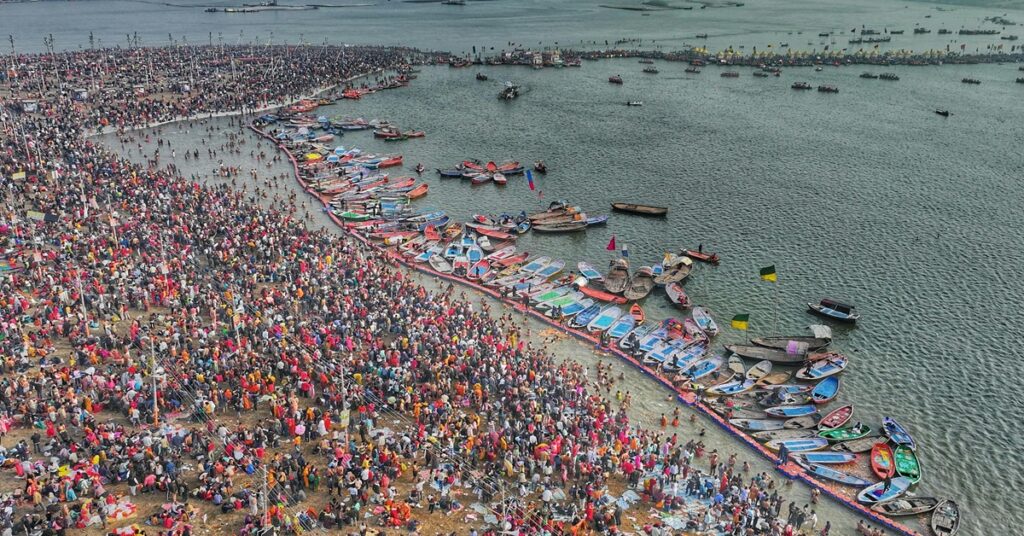
ALL SHAHI SNAN DAYS
Paush Purnima: 13 January, 2025
Makar Sankranti: 14 January, 2025
Mauni Amavasya: 29 January, 2025
Basant Panchami: 3 February, 2025
Maghi Purnima: 12 February, 2025
Maha Shivratri: 26 February, 2025
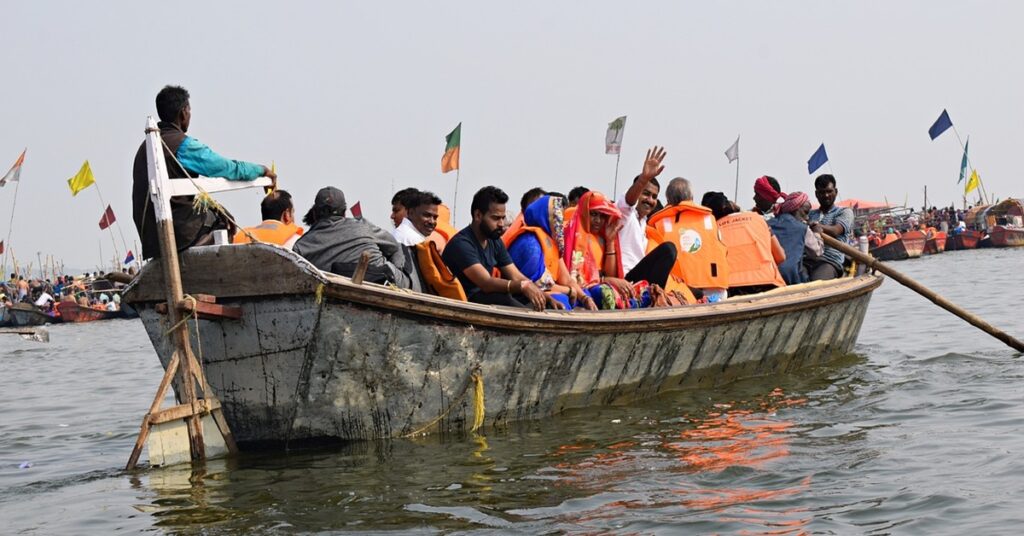
HOW TO REACH MAHA KUMBH MELA 2025?
As you know that this Maha Kumbh Mela 2025 is organised in Prayagraj which is a popular town in the state Uttar Pradesh. And Prayagraj is well connected by roads, trains and even flights from different parts of India.
By Road: Prayagraj is well connected by roads to major cities like Delhi (825 km), Patna (370 km), Varanasi (125 km) and Lucknow (315 km). You can comfortably reach Prayagraj by your own car or private taxis. You can even take comfortable buses from nearby towns to reach here.
By Train: Prayagraj has a lot of railway stations including Prayagraj Jn (PRYJ), Prayagraj Rambag (PRRB), Prayag Jn (PRG), Prayagraj Sangam (PYGS), Naini Jn (NYN), Phaphamau Jn, Jhusi Jn (JI), Subedarganj (SFG), Prayagraj Cheoki (PCOI). The main station is Prayagraj Junction (PRYJ), but you can arrive at any of the other stations as well.
By Flight: Prayagraj has its own small domestic airport which is also known as “Bamrauli Airport (IXD)”. It is located 15 km from city centre and flights from Mumbai and New Delhi are available.
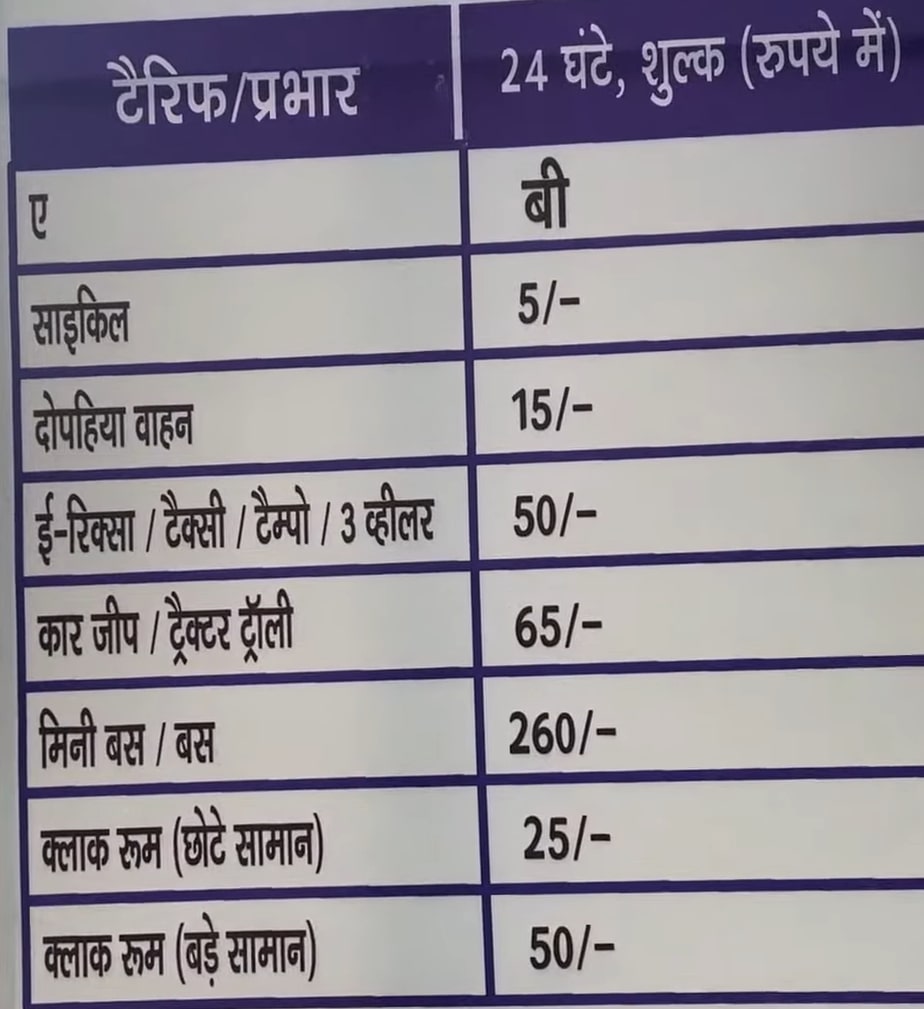
PLACES TO VISIT IN MAHA KUMBH MELA 2025
Snan (Bath) at the Triveni Sangam
- Arrive at Prayagraj and proceed to the Mela Area. Please note that cars and bikes are not allowed inside the Mela Area. From there, you will need to walk approximately 3-4 km on foot, or you can take an e-rickshaw for half the journey. The remaining distance must be travelled on foot.
- After reaching the ghat, take a boat to Triveni Sangam (the confluence of the Ganga, Yamuna, and the Saraswati rivers). The boat fares to Triveni Sangam from various ghats are fixed by the government.
- Take a holy bath at Triveni Sangam and return with the same boat.
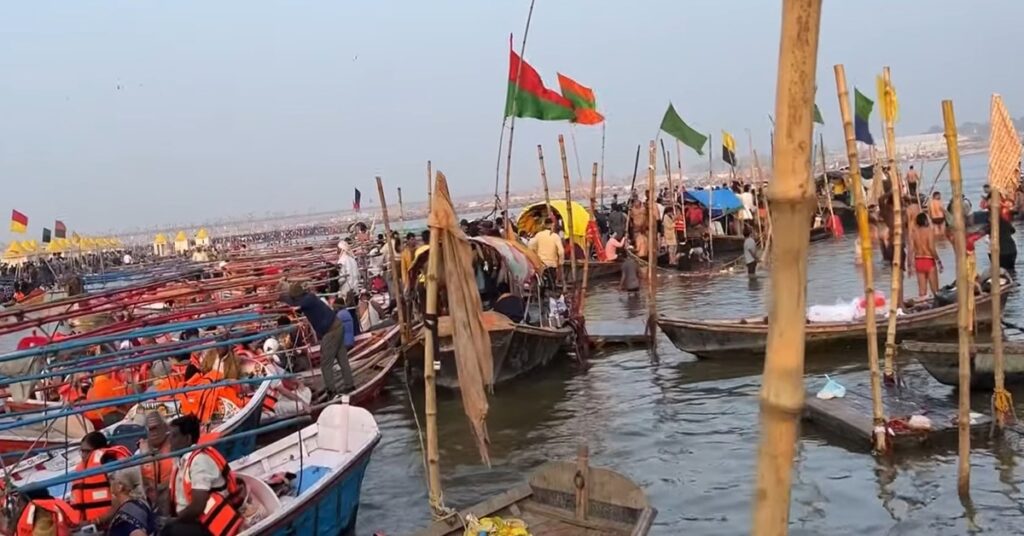
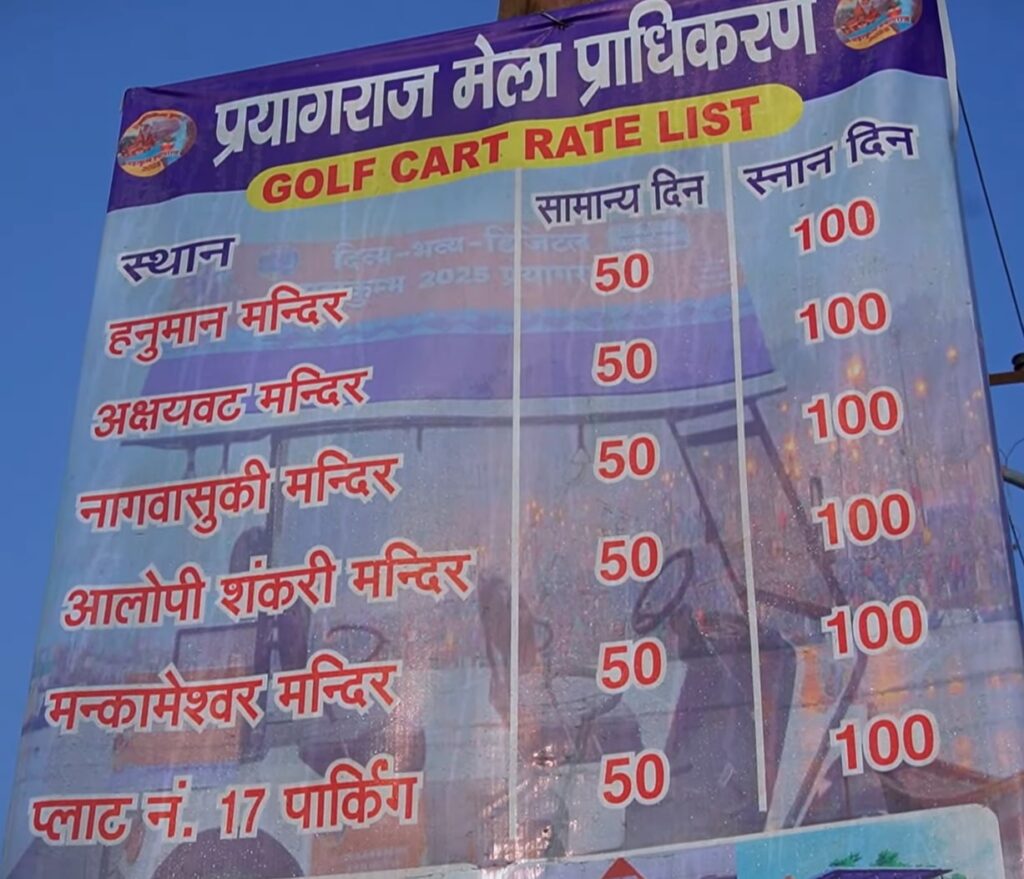
Prayagraj Fort along with Hanuman Ji Mandir
- After your holy bath at the Triveni Sangam, visit Prayagraj Fort which was built in 1583. The fort houses the Patalpuri Temple and Akshayavat Temple. Akshayavat Temple is centered around a sacred Akshayavat tree and according to Hindu mythology, it is said that anyone who leaps from this tree will attain salvation (moksha).
- After this, you can visit Shri Bade Hanuman Ji Mandir, where the idol of Lord Hanuman is in reclining position.
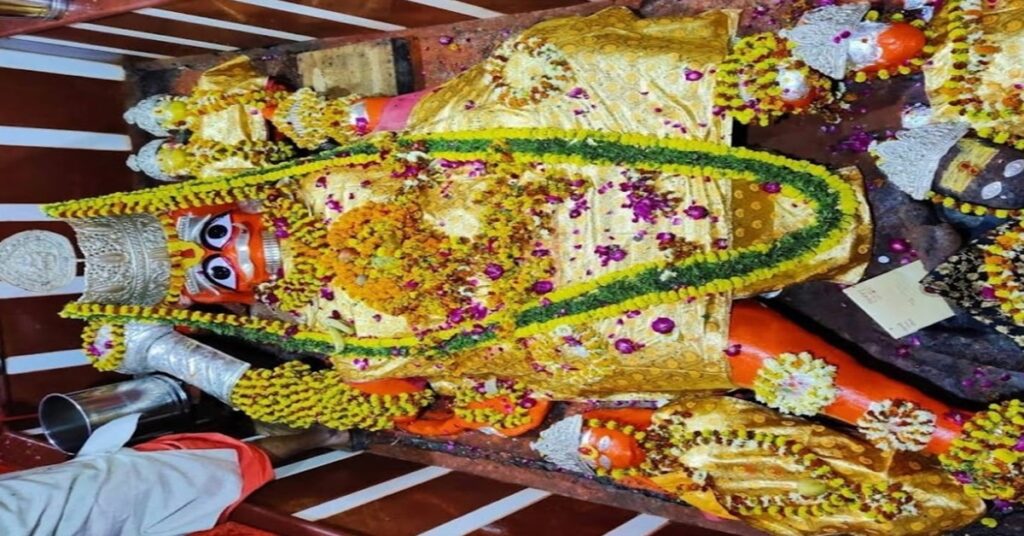
More Places to Visit in Prayagraj
- Water Laser Show: The show is displaced at Kali Ghat near the Boat Club on the banks of the Yamuna River. Two shows of 45 minutes each will be shown between 7 pm to 9 pm and it is free of cost.
- Naulakha Mandir: A temple known for its great carvings and architectural beauty. The name of the temple has been derived from the approximate nine lakh rupees that were spent on its construction at that time.
- Shivalaya Park: A park built from recycled materials and featured 12 Jyotirlingas along with 4 Dhams. It is built with a massive 14 crores for Maha Kumbh Mela 2025.
- Alopi Mata Mandir: A temple dedicated to Goddess Sati. Unlike other temples, the sanctum here does not house an idol but a wooden palanquin which makes it something special.
- Nagvagsuki Mandir: It is one of the oldest temples located on the banks of the Ganga River, and it is dedicated to Nagvagsuki.
- Veni Madhav Mandir: It is a historical religious site dedicated to Lord Vishnu which is considered the saviour of the Kumbh Mela.
- Amar Shahid Chandrashekhar Azad Park: It is a park dedicated to the legendary freedom fighter Chandrashekhar Azad, who sacrificed his life here for the country’s independence.
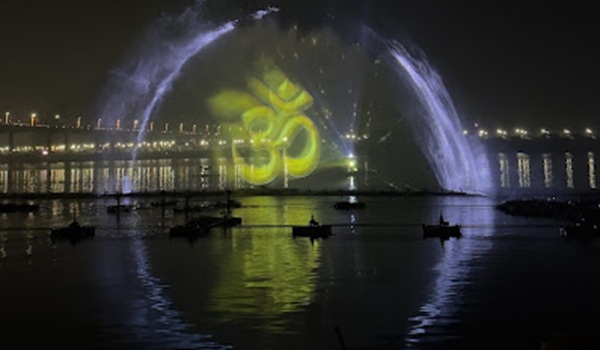
TRIPPY’S TIPS
- Personal Vehicle: Avoid bringing your own car, as vehicles are not allowed inside the Mela Area, and finding parking will be a challenge.
- Day Trip: It is advisable to plan a day trip and return by evening or night, as hotels in Prayagraj can be quite expensive. If you can afford the hotels, you may choose to stay overnight. Alternatively, you can do a day trip from nearby cities like Varanasi, where hotels are generally more affordable compared to Prayagraj.
- Hotels: Hotels are usually expensive, and the rates increase significantly on days of the “Shahi Snan.” Avoid booking hotels online unless they have good reviews and ratings.
- Luxury Tents: IRCTC has set up the massive “Maha Kumbh Gram Tent City”, where you can stay in luxury tents. For bookings, visit https://www.irctctourism.com/mahakumbhgram
- Senior Citizen: If you are traveling with senior citizens, it is advisable to bring a personal wheelchair for their convenience.
- Clothes: Carry a fresh set of clothes and a towel when heading to Triveni Sangam for a holy bath.
- Siberian Birds: During your boat ride to Triveni Sangam, you will spot numerous Siberian birds. Consider buying bird food to feed them and enjoy the experience.
- Plan Properly: Keep in mind that it may take over 1.5 hours to return from Triveni Sangam to the ghat. Additionally, Prayagraj roads are experiencing heavy traffic, so plan to leave for the station, airport, or bus stand well in advance.
If you’re looking for additional information, feel free to reach out to us at our mail contact@trippyindia.in or fill out the form from this link https://trippyindia.in/contact-us.

